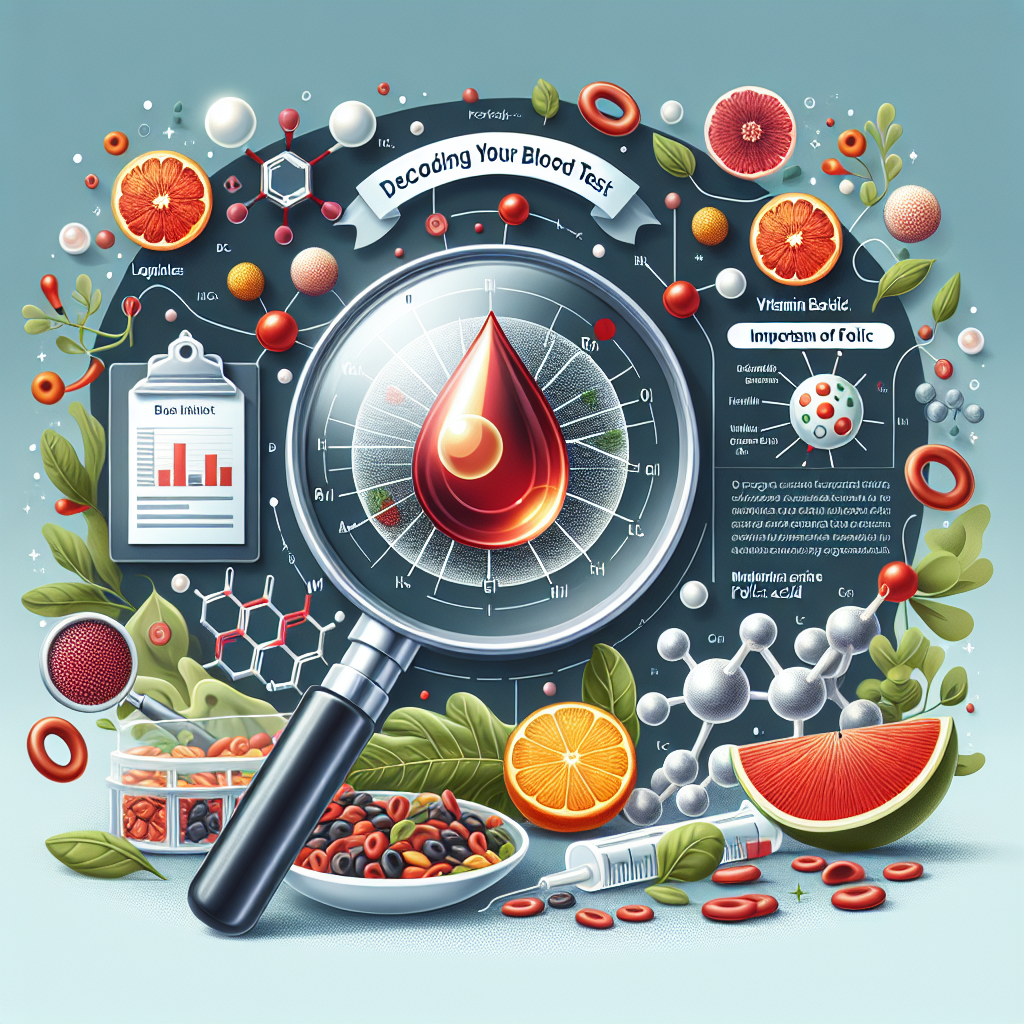The erythrocyte sedimentation rate (ESR) is among the oldest, yet still frequently utilized blood tests available. If you see this parameter on your lab results, it’s understandable to want to grasp its significance. This article aims to clarify what ESR is, how to assess it, and its contribution to evaluating your overall health.
What is Erythrocyte Sedimentation Rate (ESR)?
The erythrocyte sedimentation rate, commonly referred to as ESR, gauges the rate at which red blood cells (erythrocytes) settle at the bottom of a test tube over a certain timeframe. Essentially, this test evaluates the speed of separation between the blood’s cellular components and its liquid component, plasma.
ESR serves as a non-specific marker for inflammation. When there is an inflammatory or infectious process, the body releases specific proteins that change the behavior of red blood cells, allowing them to clump together more readily. These larger aggregates sink faster to the bottom of the tube. While ESR doesn’t identify the precise issue, it does suggest that there’s a problem, acting as a general indicator.
How is the Measurement Performed in the Lab?
To conduct the test, a blood sample is collected in a specialized graduated tube. Lab technicians then allow it to remain upright for one hour. Afterward, they measure the distance in millimeters that the red blood cells have descended in the tube. A longer distance signifies faster sedimentation, resulting in a higher ESR value.
Why is This Test Prescribed?
Healthcare professionals frequently recommend this test as it provides insight into the body’s inflammatory state. It can identify biological changes associated with inflammation even before obvious symptoms manifest. However, because of its non-specific nature, additional tests are often required for a definitive diagnosis.
Importance of Monitoring Erythrocyte Sedimentation Rate
Knowing your sedimentation rate is beneficial since this value can be associated with various bodily systems. Although not specific, it serves as a warning signal for multiple medical conditions.
In some cases, a heightened ESR might be observed in individuals lacking a clearly identifiable medical issue. However, an ongoing and unmonitored abnormality could hide an underlying ailment like a chronic infection or autoimmune disorder, with late detection leading to complications.
Since its initial discovery, the application of ESR has changed considerably. Clinicians currently employ it as a diagnostic and monitoring tool. For instance, a declining ESR in a patient undergoing treatment for rheumatoid arthritis may indicate effective treatment.
Failure to address an abnormal ESR can lead to several repercussions:
- Delay in diagnosing inflammatory diseases.
- Insufficient monitoring of potentially serious conditions.
- Inadequate therapeutic choices for unexplained symptoms.
How to Read Your Erythrocyte Sedimentation Rate Results
Your lab report typically lists ESR in the inflammation markers section, with the value given in millimeters per hour (mm/hr).
Understanding Reference Ranges
Normal ESR values largely depend on age and sex.
- For men: typically less than 15 mm/hr before age 50, and less than 20 mm/hr after age 50.
- For women: usually less than 20 mm/hr before age 50, and less than 30 mm/hr after age 50.
It’s important to note that these reference ranges can vary slightly between laboratories, as each lab sets its standards based on the methods employed and recommendations from professional organizations.
Checklist for Interpreting Your Result
- Identify your ESR value.
- Compare it to the reference range on your report.
- Observe the deviation from the upper limit of the normal range.
- Check if additional markers, like C-Reactive Protein (CRP), were assessed.
- If you have prior tests, track the evolution of this value.
Conditions Associated with Abnormal Erythrocyte Sedimentation Rate
An ESR value outside the normal limits can suggest the existence of various health conditions.
Common Causes of Elevated ESR
An increase in the erythrocyte sedimentation rate is frequently tied to inflammatory conditions.
- Bacterial infections: The body’s immune response leads to a surge of proteins that promote quicker red blood cell settling.
- Chronic inflammatory diseases: Disorders such as rheumatoid arthritis provoke ongoing inflammation, resulting in elevated ESR.
- Anemia: A decreased red blood cell count can influence their behavior during sedimentation, affecting the result.
Rarer Causes of Markedly Elevated ESR
Extremely high ESR values might suggest more severe medical conditions.
- Systemic autoimmune diseases: Conditions like lupus or vasculitis can cause extensive inflammation, leading to very high ESR.
- Severe chronic infections: Infections such as tuberculosis or endocarditis may keep ESR elevated for extended periods.
- Certain cancers: Tumors or hematological diseases may secrete substances that escalate inflammation and ESR levels.
Interpreting a Low Sedimentation Rate
An unusually low ESR is less common and generally less alarming. It may be related to:
- Polycythemia: An increase in red blood cell count can decelerate their settling.
- Hypofibrinogenemia: A lack of certain clotting proteins.
- Severe liver failure: Impaired liver function can diminish protein production, lowering ESR.
Managing an Abnormal Sedimentation Rate: Practical Tips
If your ESR results are abnormal, only your healthcare provider can interpret the underlying cause and recommend an appropriate response.
Lifestyle Recommendations
Adopting certain healthy habits may help minimize overall inflammation.
- Diet: Implementing a Mediterranean-style diet, rich in fruits, vegetables, omega-3 fatty fish, and anti-inflammatory spices like turmeric and ginger, can be beneficial.
- Physical Activity: Engaging in moderate and consistent physical exercise is advantageous.
- Stress and Sleep Management: Prioritizing quality sleep and utilizing relaxation techniques can help regulate bodily processes.
- Hydration: Maintaining adequate hydration is vital for optimal body function.
When to Consult a Doctor?
It’s advisable to seek medical attention if a notably high ESR presents with symptoms such as unexplained fever, joint pain, unexpected weight loss, or night sweats. In cases of moderate elevation without accompanying symptoms, your primary care physician will determine how frequently you should be monitored.
Frequently Asked Questions About Erythrocyte Sedimentation Rate
Can Medications Influence Erythrocyte Sedimentation Rate?
Yes, medications can indeed affect ESR. For instance, corticosteroids may lower ESR values, while certain oral contraceptives may raise them. It’s essential to keep your doctor informed about all the medications you are currently taking.
What is the Difference Between ESR Measurement Methods?
Modern automated techniques may yield slightly different results compared to traditional manual methods such as Westergren. Labs will specify the measurement approach they use and adjust reference values accordingly to ensure consistent interpretation.
Does a Normal ESR Rule Out All Inflammation?
No, not necessarily. Some early-stage inflammatory conditions may still present with a normal ESR. In such situations, other more sensitive markers might be needed for accurate diagnosis.
Why is My ESR Still High When My CRP is Normal?
ESR typically reacts more slowly to changes than CRP. While CRP can return to normal within days after inflammation subsides, ESR may take weeks to normalize. This time lag helps explain why these markers are often analyzed together.
Is a Low ESR a Sign of Serious Illness?
A low ESR is rarely a cause for alarm. It is typically related to specific characteristics of red blood cells or medical treatment. Unless accompanied by other biological abnormalities, it generally does not require extensive investigation.
Conclusion
The erythrocyte sedimentation rate is a useful indicator of your body’s inflammatory status. Understanding this marker empowers you to actively engage in your health management. It aids in the early identification of certain conditions and helps monitor treatment effectiveness. Ongoing research continues to refine these tools for increasingly accurate diagnoses.
Additional Resources
- To enhance your understanding of this blood marker, click here.
- For more information and to decode other markers, more articles are available here.
Confused by Your Blood Test Results?
Gain instant clarity with BloodSense. Our platform interprets your blood test results online in minutes, transforming complex medical information into an easy-to-understand report. Take charge of your health today by visiting bloodsense.ai to receive your personalized insights now.







